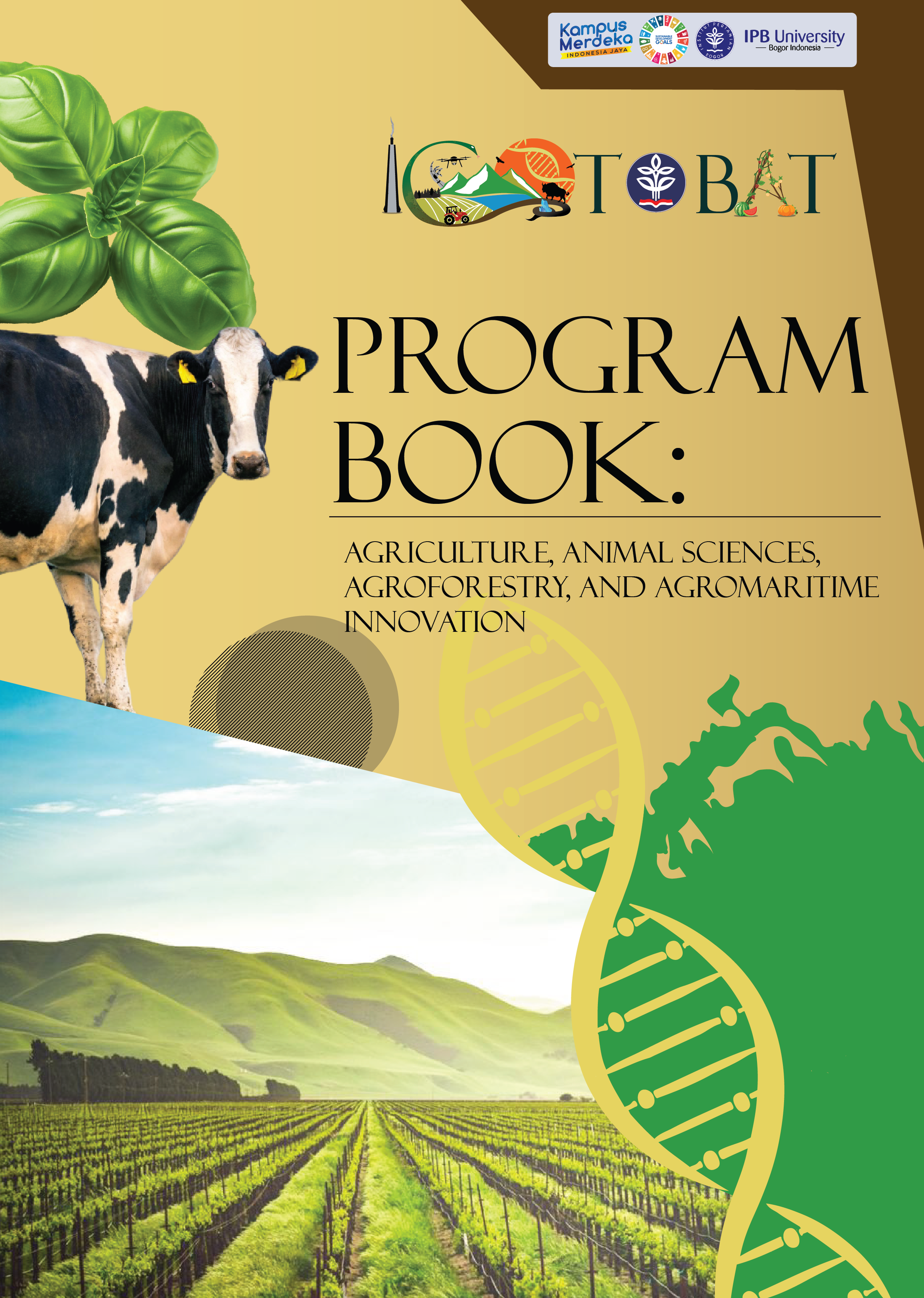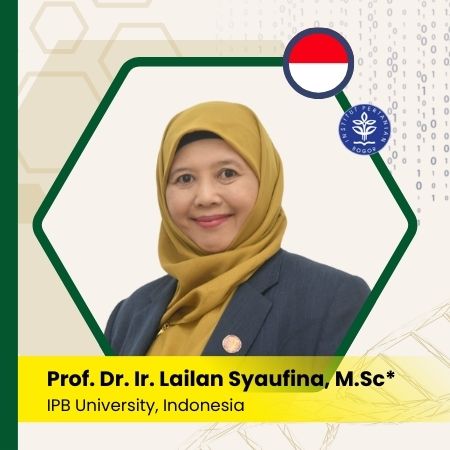Productivity and LER (Land Equivalen Ratio) Elephant grass- based intercropping with Legume cover crop (LCC)
Abstract
The aim of the study was to evaluate productivity and LER Elephant grass-based intercropping with LCC (Clitoria ternatea, Centrocema pubescens and Pueraria javanica) that planted with different row of LCC, ie. : one row LCC per plot (R1) and two row LCC per plot (R2). The experiment wereconducted at Teaching Farm Faculty of Animal Science, Universitas Brawijaya. Three type of LCC were planted intercropping with elephant grass which are Clitoria ternatea, Centrocema pubescens and Pueraria javanica as a factor A and number of row of LCC (R) as a factor that nested on factor A. Each treatment were repeated 4 times. One plot of experiment were 5 x 4 m, consist of 30 plants and 5 row of plants. Parameters that observed in this study were productivity (fresh and dry matter production) of forage and LER. Data were analyzed with Variance Analysis using Completely Randomized Block Nested Design, if there any significant or highly significant influence of variables will be continued with Duncan’s Multiple Range Test (DMRT). The result of the experiment has shown that type of LCC had influenced on fresh and dry matter forage production while row number of LCC on intercropping had not influenced on fresh and dry matter forage production. LER elephant grass-based intercropping with two row of LCC (R2) were higher than LER elephant grass-based intercropping with one row of LCC (R1), especially intercropping with Clitoria ternatea and Pueraria javanica which have LER > 1, respectively in order, 1.073 and 1.028. It can be concluded that type of LCC on intercropping had influence on forage production and intercropping elephant grass with two row of LCC are more effective to maintain forage production and sustainable animal production with high quality forage.





























